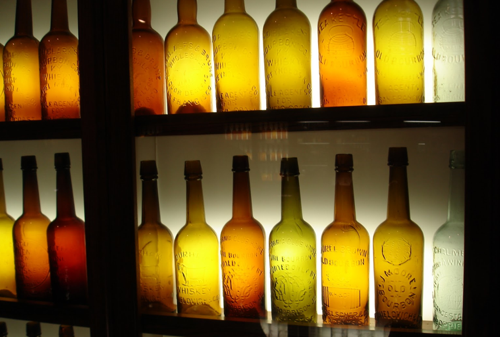American rye is as American as George Washington, who produced it in his still at Mount Vernon. Back then rye was the most popular grain in the Eastern United States for producing whiskey. When Prohibition took effect in 1919, distillers in the southern states learned to make bourbon in the cornfields and Canadian versions of whiskey incorporated mixed grains. “American rye fields declined in number and, soon, American rye whiskey became an American relic,” cites Slowfoodusa.org.
Today, small-scale rye whiskey producers are ginning up a new generation of American rye. While they use traditional distilling methods, including aging rye in un-charred oak barrels, many must rely on imported rye grains or genetically modified (GM) rye varieties because native rye grain is unavailable. (There are no regulations concerning the origin of the rye or the variety of rye.)
Slowfoodusa.org describes the result as “lighter, with spicier caramel notes and hints of orange peel, cardamom, mint, and butterscotch.”
To be called a Rye whiskey, the spirit must be made from at least 51 percent rye, distilled at less than 80 percent and stored in new, charred oak barrels for at least two years. It is made predominantly in Indiana and Kentucky.
But a careful look around will find new American ryes in less likely places. Take High West. A friend turned us onto it. High West works its magic in the heart of Mormon country: Old Town Park City, Utah. High West has changed little since the 1870’s, and maintains bragging rights for the county’s only ski-in distillery and saloon.
If rye’s your thing, you probably know about High West. If it’s not, start with the delicious, plot-filled bios on the website (highwest.com). You’ll fall in love before your first sip.


